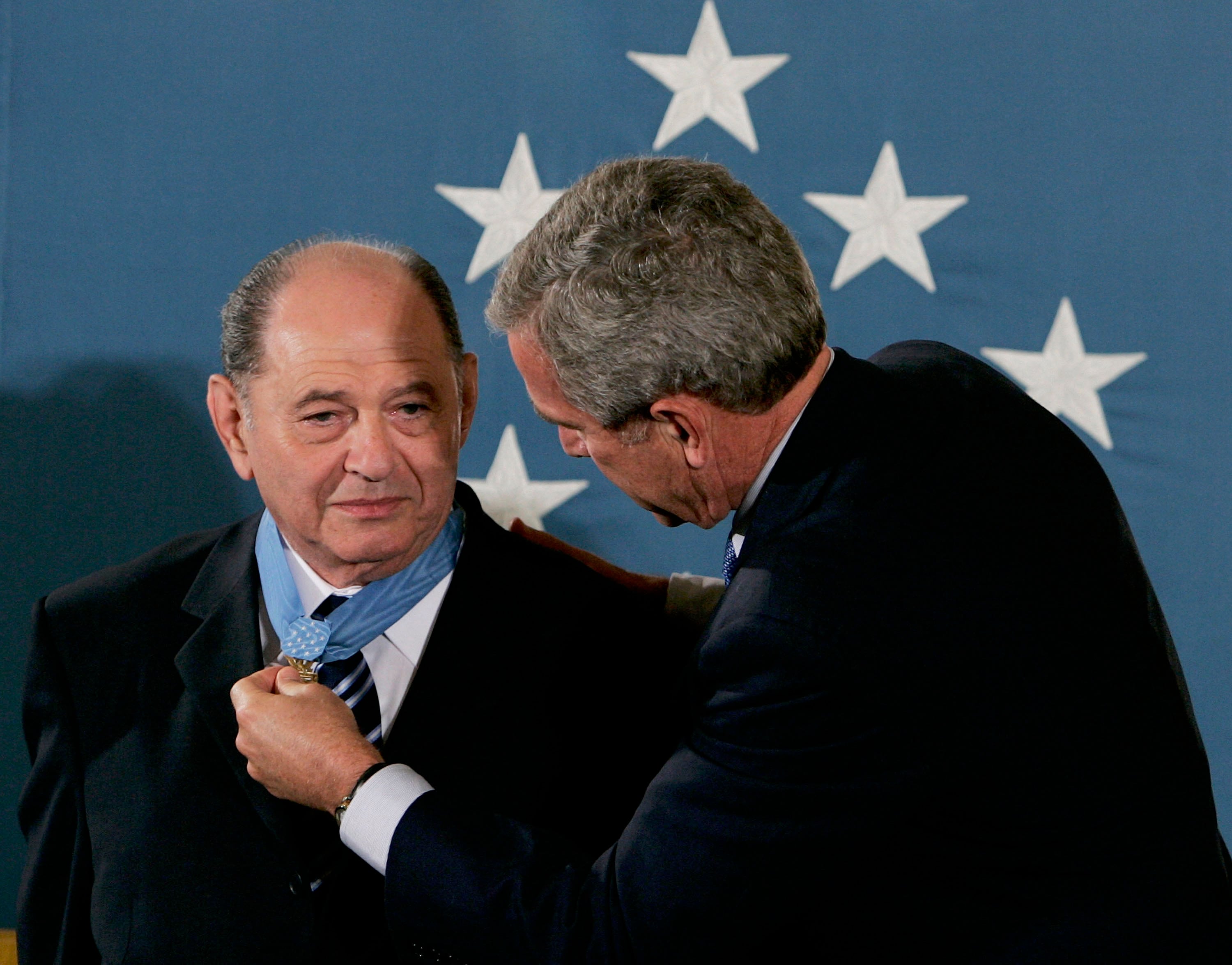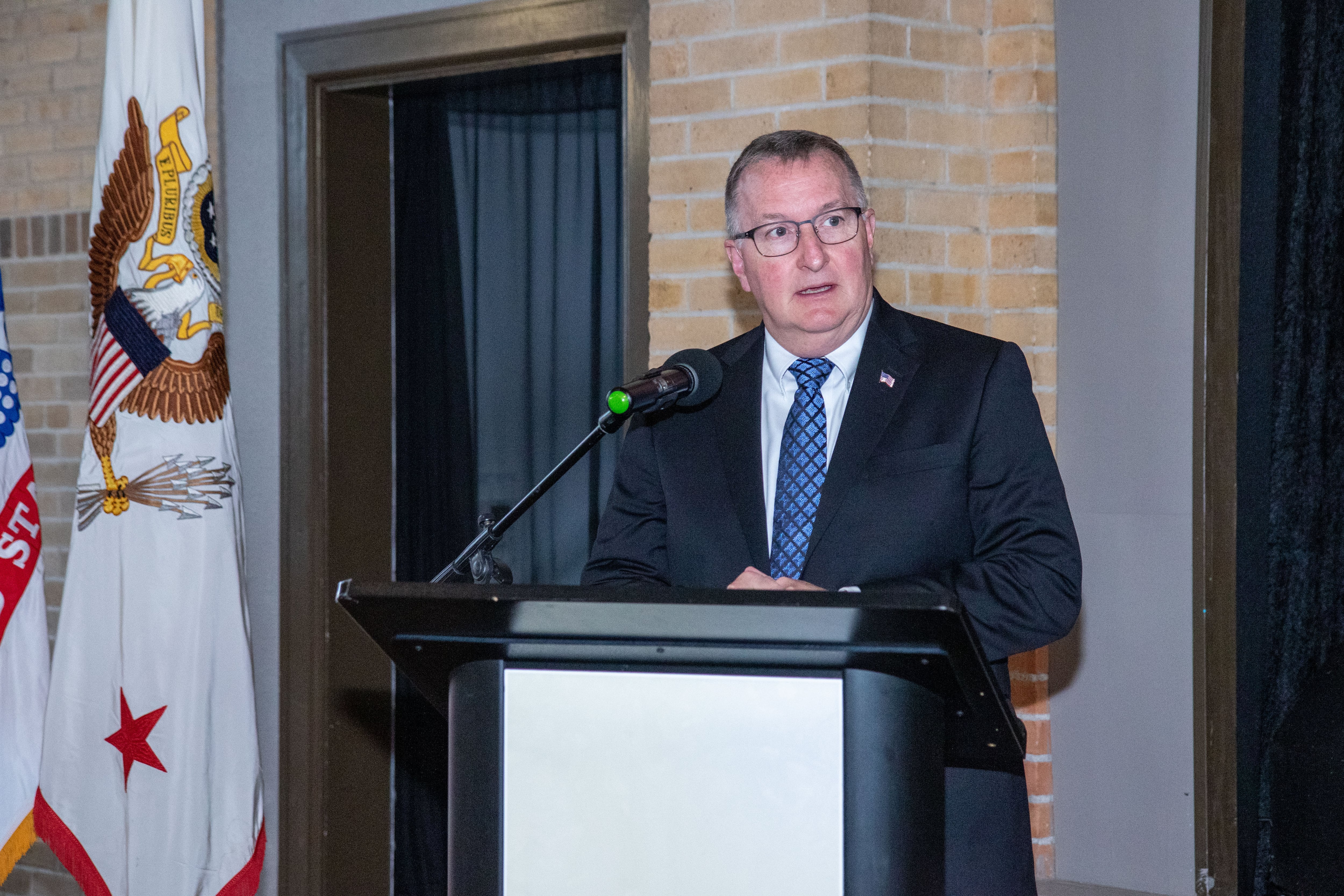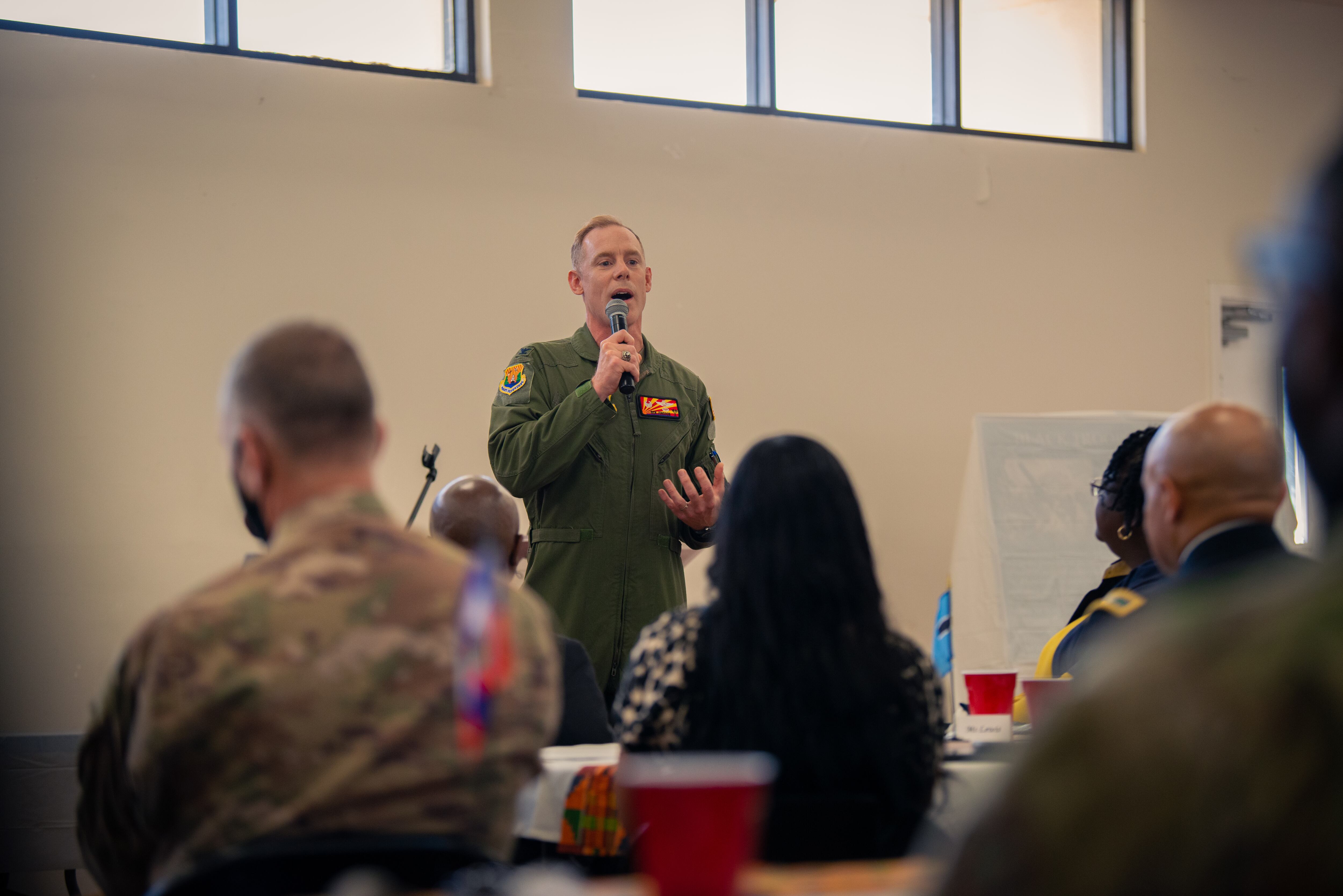WASHINGTON — Senators on Thursday advanced an $857 billion appropriations measure that includes full defense funding for fiscal 2019 and raises hopes that Congress may be able to avoid a government shutdown or short-term budget extension for Pentagon programs this fall.
The measure, which passed 85-7, includes money for the departments of defense, health and human services, labor and education. The so-called “minibus” of appropriations bills was touted by Senate Majority Leader Mitch McConnell, R-Ky., as making America “stronger overseas and right here at home.”
Of the total, $675 billion would be set aside for military spending next year, including nearly $68 billion in overseas contingency funds. The levels are in line with the recently adopted defense authorization bill and the budget deal reached by Democrats and Republicans last spring.
“The funds meet many of the requirements of our military commanders, equipping and training units to meet and to overcome the most dangerous of emerging global threats,” McConnell said before the vote. “As ever, we are to provide adequate training, weaponry and skills so that Americans always prevail on the battlefield.”
Earlier in the week, McConnell predicted that passing the defense minibus would “put us on a pathway to avoid an omnibus or any kind of drama associated with the end of the fiscal year.”
Lawmakers have until Sept. 30 to either pass new appropriations for federal agencies, pass a temporary budget extension into the fall, or trigger a partial government shutdown.
Defense officials have repeatedly warned against either of the latter two. A shutdown — which President Donald Trump has hinted in ongoing fights with Democratic leaders on immigration funding — could force troops to work without pay and shutter a host of military family programs and resources.
But Pentagon leaders have also warned that a continuing resolution, which would keep military spending at fiscal 2018 levels for weeks or months, would also be damaging to long-term defense priorities and planning.
In recent years, as lawmakers have fought over budget issues, those short-term budget extensions have become an autumn norm, and frustrated service officials who have to delay the start of new program starts and equipment purchases.
The Senate’s August passage of the defense appropriations plan could help break that cycle, giving congressional staffers five weeks to negotiate a compromise between the separate House and Senate drafts of the fiscal 2019 budget.
But a similar minibus including military construction and Veterans Affairs funding has been stalled in conference work for more than a month, over a $1.6 billion VA medical program expense that party leaders have been fighting over how to fund.
Most of the debate on the defense minibus this week had been uncontroversial, save for some last-minute procedural issues on Thursday. Senators added amendments in recent days that would add money recovery efforts involving the remains of troops from North Korea, require more oversight of the Defense Department’s new electronic medical records system, and boost spending on suicide prevention efforts.
The Senate defense appropriations plan includes a 2.6 percent pay raise for troops in 2019, the same as the House plan. It includes only about half of the 15,600-person end strength boost approved in the defense authorization bill.
The measure sets aside $237 billion for readiness issues and $34.5 billion for the defense health program.
Another $24 billion earmarked for Navy shipbuilding efforts covers 13 new ships, including two Virginia-class submarines, three DDG-51 destroyers and two Littoral Combat ships. In aviation programs, $42 billion more will include 12 F-35 aircraft for the Navy and Marine Corps, $720 million for new AH-64E Apache helicopters and $240 million for three new V-22 Osprey aircraft.
Hypersonics programs would receive nearly $930 million in additional funding for ongoing research and prototyping efforts, and directed energy technology would receive another $317 million.
House lawmakers are scheduled to return to Capitol Hill on Sept. 4 from their August break. That chamber is scheduled to have legislative session for 11 days before the end of the fiscal year, and is expected to break for all of October in preparation for the fall mid-term elections.
Leo covers Congress, Veterans Affairs and the White House for Military Times. He has covered Washington, D.C. since 2004, focusing on military personnel and veterans policies. His work has earned numerous honors, including a 2009 Polk award, a 2010 National Headliner Award, the IAVA Leadership in Journalism award and the VFW News Media award.










